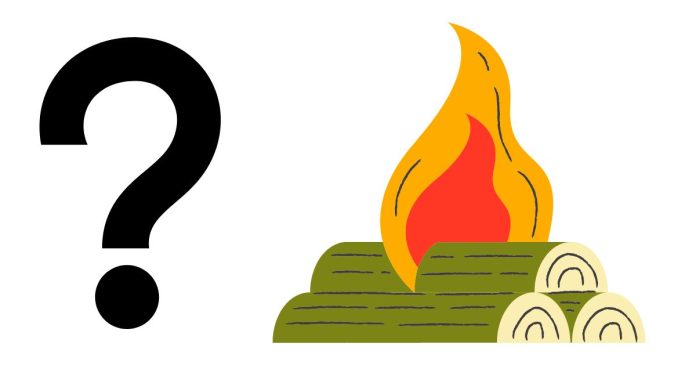The Impact of Environmental Conditions on Wood
Wood is a natural material that can change in various ways when exposed to different environmental factors. These changes can influence its appearance, strength, and overall durability, making it important to understand how wood responds to various conditions. Whether you’re using wood in construction or furniture-making, here’s a look at the key transformations wood undergoes.
1. Moisture Changes
Wood absorbs and releases moisture depending on the environment. When it absorbs moisture, it expands, and when it dries out, it contracts. These changes can lead to issues like warping, cracking, or splitting if not managed properly.
2. Temperature Variations
Wood reacts to temperature changes as well. Extreme heat can cause wood to dry out and become brittle, while cold temperatures may make it more fragile. Wood can also expand when exposed to heat, which may affect its fitting in furniture or structures.
3. Sunlight and UV Damage
Prolonged exposure to sunlight and UV rays can lead to discoloration, fading, and weakening of wood. UV radiation breaks down the wood’s lignin, leading to a lighter appearance and reduced strength.
4. Biological Factors
Wood is vulnerable to biological changes like mold, mildew, and fungi growth, especially in humid conditions. Insects, such as termites, can also damage wood by feeding on it, which weakens its structure.
5. Chemical Reactions
Wood can change chemically when exposed to substances like metals. For example, iron can cause staining and turn the wood black. Additionally, air pollutants and chemicals can degrade wood over time, especially if it is untreated.
Conclusion
Wood is a versatile yet reactive material. Understanding how it responds to moisture, temperature, sunlight, and other environmental factors is crucial for maintaining its strength and extending its lifespan. By managing these conditions, you can ensure that your wood products remain durable and intact for longer periods, whether in construction, furniture-making, or any other use.


